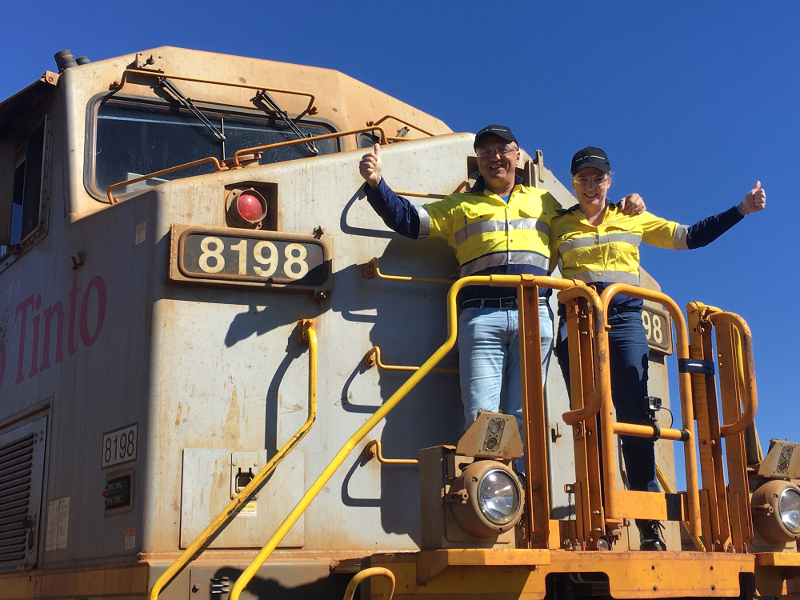3INSAT, an ESA Business Applications funded project led by Ansaldo STS in Italy, recently helped to run the worlds first long-haul automated cargo train.
The fully-loaded autonomous train carried 28,000 tonnes of ore over 280 km between the Tom Price mine and the port of Cape Lambert in Western Australia, with Rio Tinto’s Operations Centre more than 1,500 km away in Perth mointoring the three locamotives used to drive the train, using satellite capabilities.
Each of the three locamotives was equipped with an onboard module relaying the trains position, speed and direction of travel back to the Rio Tinto Operations Centre via using satellite communication technology. Public areas and crossings were also fitted with cameras and monitors to allow continual monitoring of this historic journey.
Rio Tinto is using the 3INSAT inspired technology to automate much of the acitivty on the 1,700km jounrey between mines and ports in the Pilbara region. More than 200 locamotives use this route with an average journey of 800km taking 40hrs from loading to unloading.
This journey, as the world's first long-haul cargo train to be automated, signals the start of a new era of automated long-haul cargo train networks, which suit the remote areas of Western Australia.
3InSat innovations contributed to the rollout of the European’s first satellite applications on train control systems generating over 100 M€ revenues, raising some 20 M€ in R&D investments and to gave birth to ERSAT – a joint initiative between Ansaldo STS and RFI for adopting satellite applications on the local and regional lines.
An unprecedented collaboration between industry, researchers and space agencies has generated new jobs and is at the core of a roadmap to exploit satellite applications on daily railway operations, improving the safety and the quality of the services for millions of passengers travelling on trains.



